TK11 (Studio Version) TK31 (Field Version) Series
First, a note on early RCA black and white camera Version and Model numbers. In the early days, RCA made two versions of its camera models. The first numeral following the TK is the Version Number. The second numeral is for the Model Number. For example, the Studio version of the 1 model was always identified with a 1 – in this case TK11 was the studio version, and a Field version of the 1 model with a 3, as in the TK31.
The camera heads looked and worked exactly alike and would work in the studio or in the field. The only real difference was in the camera chain. The Studio chains could be more complex because they never moved, but the Field chains had to be able to do the same job with less equipment and with less power.
The RCA TK11s and 31s were introduced in May of 1952 and were the real workhorses of television’s “Golden Age.” The field version of this camera, the TK31, was so versatile it could also be used with the TK10/30 CCUs. These used a 3-inch image orthicon tube with a 4-lens turret and a variety of lenses could be used on them. Kodak developed a series of lenses for these cameras called Ektanons.
Just a note about the WNBT, WRCA and WNBC call letters on the cameras. WNBT was the original set of call letters of the NBC owned-and-operated station in New York City and was located among the network’s studios at 30 Rockefeller Plaza. The call letters changed to WRCA in 1954 and finally to WNBC in 1960. Until the TK40s and color came along, most cameras owned by NBC had the network logo as well as the local station call letters on their sides. Early on, the NBC owned and operated stations included only four markets. Cleveland later became the fifth of the original five.
New York was WNBT (the T for NBC Television). Washington D.C. was WNBW (the W for NBC Washington). Los Angeles was KNBH (the H for NBC Hollywood). Chicago was WNBQ (the Q was a callback to WMAQ radio, which NBC had owned since the 1920s). All of the TK10-30 and TK11-31 cameras NBC owned were interchangeable between network and local studios and between studios and remote units. Remember, it was the chains that were different, not the camera heads.
The TK11/31 at NBC
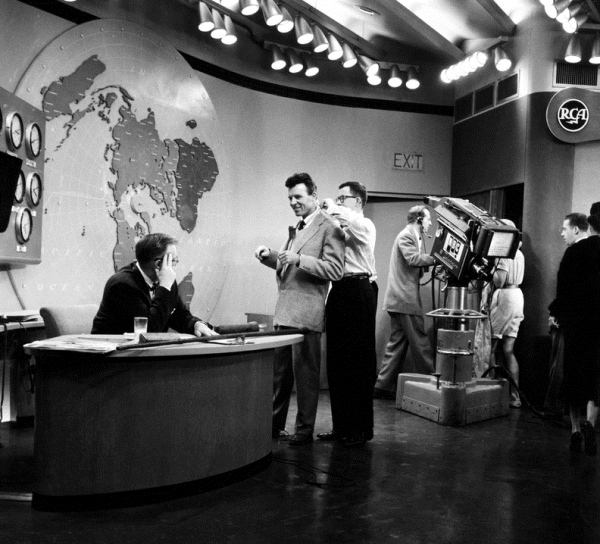
Above, we see host Dave Garroway in a May 1953 shot in the original Today studio on 49th Street. Photo courtesy Life Magazine
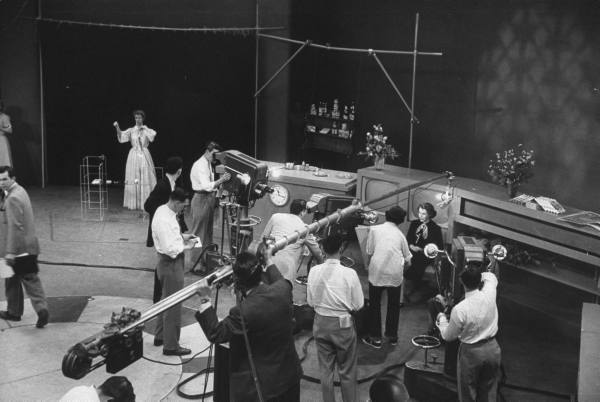
Along with the “Spectaculars,” the Today show and Tonight show, NBC President Pat Weaver also created the Home show. Here’s host Arlene Francis on the set in 1953.
Photo courtesy Life Magazine
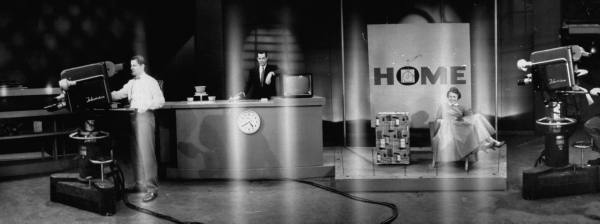
Before becoming the announcer for The Home Show, Hugh Downs (above) was the announcer on Kukla, Fran and Ollie at the NBC o and o station in Chicago, WNBQ.
Photo courtesy Life Magazine
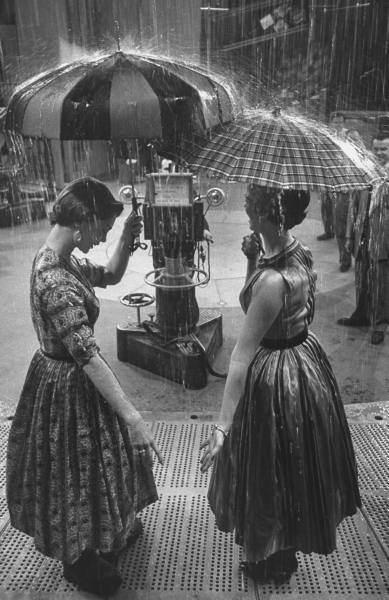
On the Home show, models show off a new line of umbrellas in the rain. If you’ve wondered how they did all this on live TV and where the water went, check out the grate they are standing on as the TK11 stays back and dry.
Photo courtesy Life Magazine
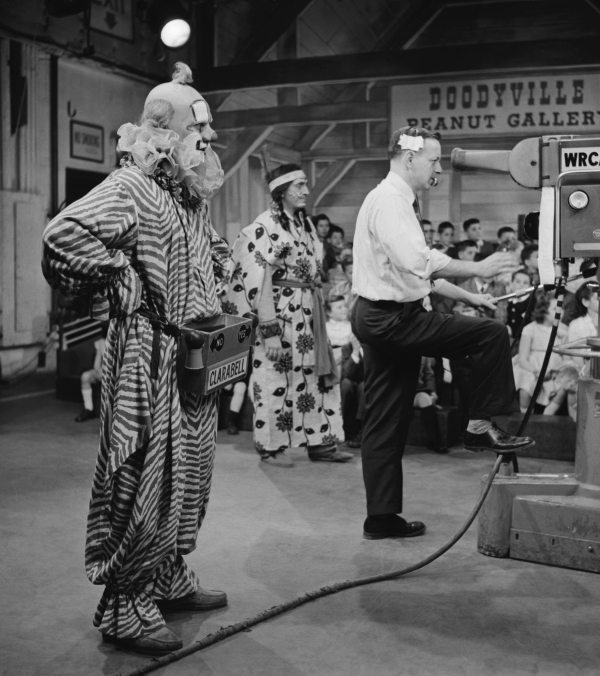
Above and below, we see TK11s on the set of Howdy Doody. The WRCA-TV camera signage indicates the top picture is 1954 or after.
Photos courtesy NBCU Photobank. All Rights Reserved. This image cannot be archived, sold, leased or shared.
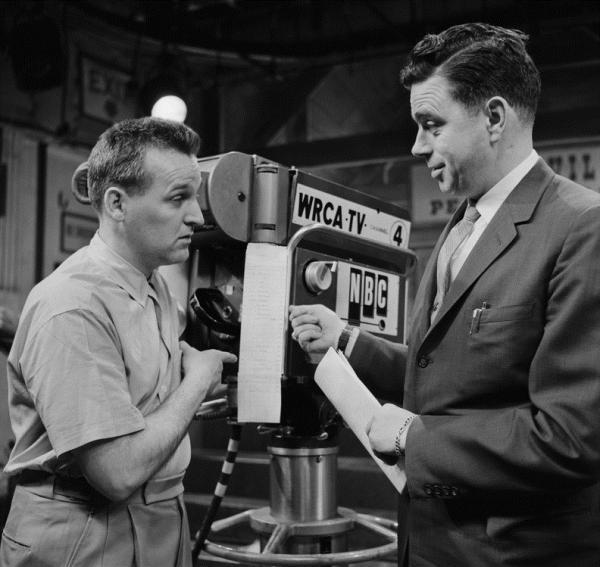
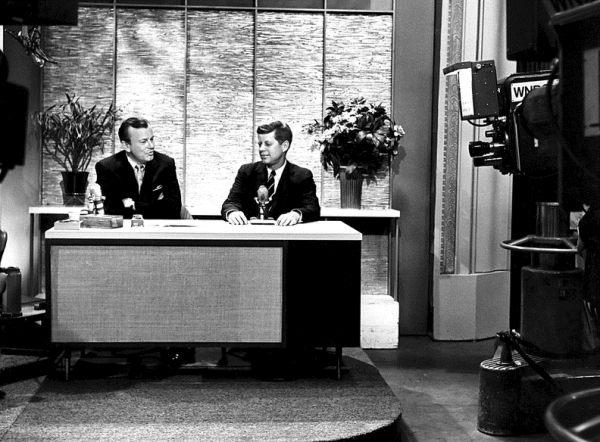
Jack Paar interviews the man who would soon become president, John F. Kennedy, on Tonight in 1960. This footage, which we still see today in documentaries, was captured by three TK11s.
Photos courtesy NBCU Photobank. All Rights Reserved. This image cannot be archived, sold, leased or shared.
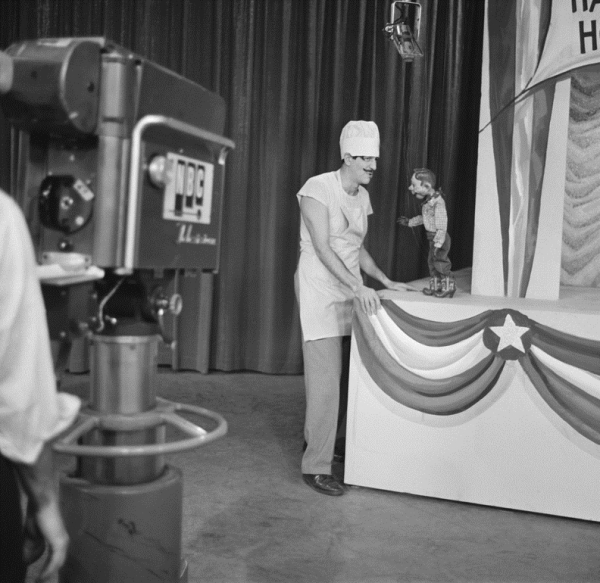
Howdy Doody live on a Saturday morning with a trusty TK11.
Photos courtesy NBCU Photobank. All Rights Reserved. This image cannot be archived, sold, leased or shared.
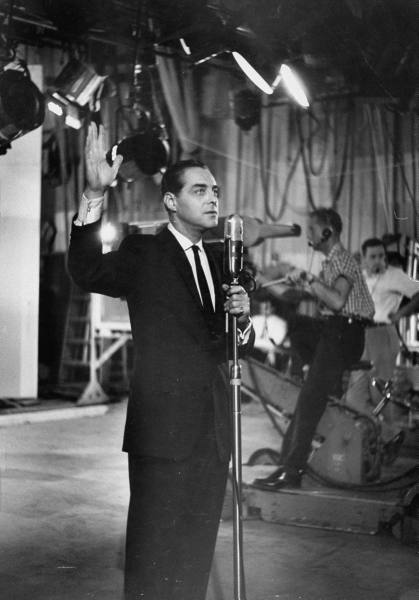
This wouldn’t be the last time Jack Barry would raise his right hand. Barry and his business partner, Dan Enright, were producers of the quiz show Twenty One. Although it was a popular program that drew huge ratings and made celebrities of contestants such as Charles Van Doren, the revelation that Twenty One was rigged was one of the most stunning moments in the quiz show scandals. The cameras used in the great movie Quiz Show are owned by my friends Tom Sprague and Paul Beck at the Museum of Broadcast Technology near Boston. I know it’s hard to see, but this is a TK31.
Photo courtesy Life Magazine
The TK11/31 at CBS
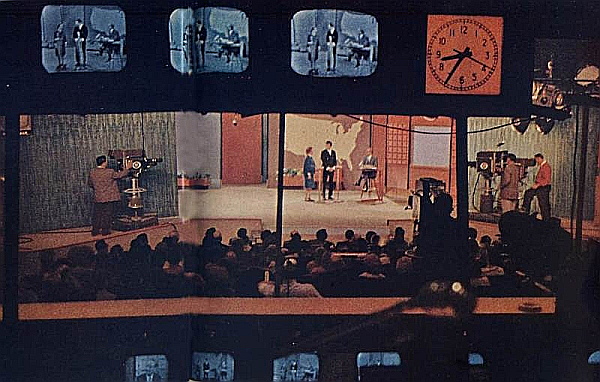
This is a beautiful picture of the Groucho Marx show at Television City. Taken from the control room, you can see everything…monitors, the full set and four TK11s. Notice the custom viewfinder hoods on the stage cameras.
Photo courtesy Jim Hergenrather at CBS Television City.
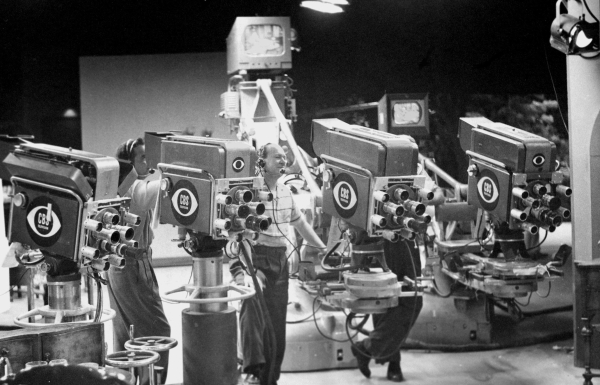
Are there really 10 lenses on each of these four cameras? At first glance, it looks like it, but there are actually six rim lights on each camera. This is quite an impressive image and shows that not only were the CBS Television City guys good at creating custom viewfinder hoods, but had a good idea on adding face lighting on close ups with these rim light clusters.
Photo is courtesy of well-known UK collector and television history author Dicky Howett.

This is a wonderful, iconic photo of Leonard Bernstein, conductor of the New York Philharmonic Orchestra. Maybe the guys at Television City should have shared their design of the custom viewfinder hoods with their brethren at CBS New York.
Photo courtesy Jim Hergenrather, CBS Television City.
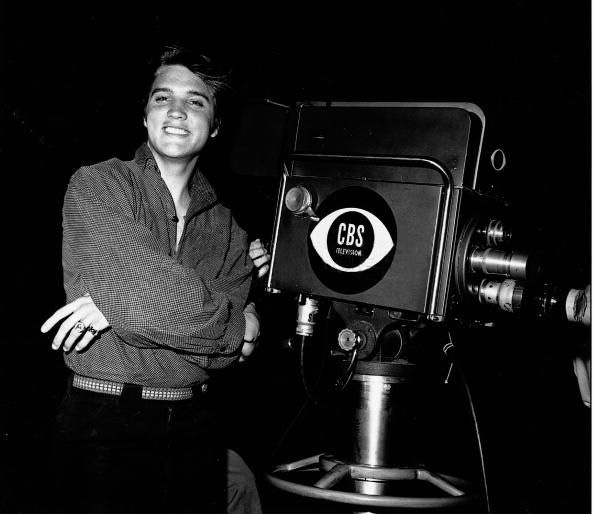
Above, a 21-year-old Elvis Presley made his television debut on the Dorsey Brothers’ (Tommy and Jimmy) Stage Show in January 1956. Here he is with a TK11 at rehearsal. It is not well known that Jackie Gleason helped the Dorseys get the show, and it is even less well known that Stage Show and Jackie Gleason aired live almost back-to-back from CBS Studio 50 on Saturday nights. I think the Dorseys had a half-hour that ended at 6:30. That meant just 90 minutes between the two shows. Now that’s a tight schedule!
Photo courtesy CBS Photo Archive. All Rights Reserved. Credit: This image cannot be archived, sold, leased or shared.
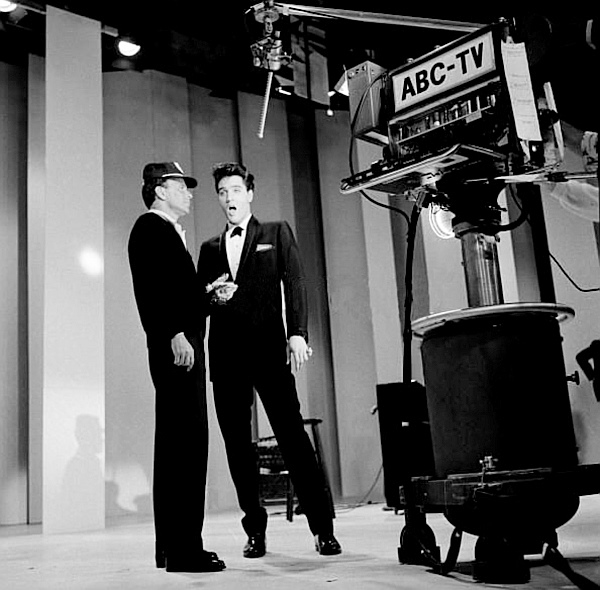
Below, Frank Sinatra welcomes a newly discharged Elvis back from the army in a March 1960 Timex special from the Fontainebleau Hotel in Miami Beach. Also on the show were Joey Bishop, Sammy Davis and Nancy Sinatra. It was almost a Rat Pack quorum.
Photo courtesy ABC Television. All rights reserved. Image may not be archived, sold, leased or shared.
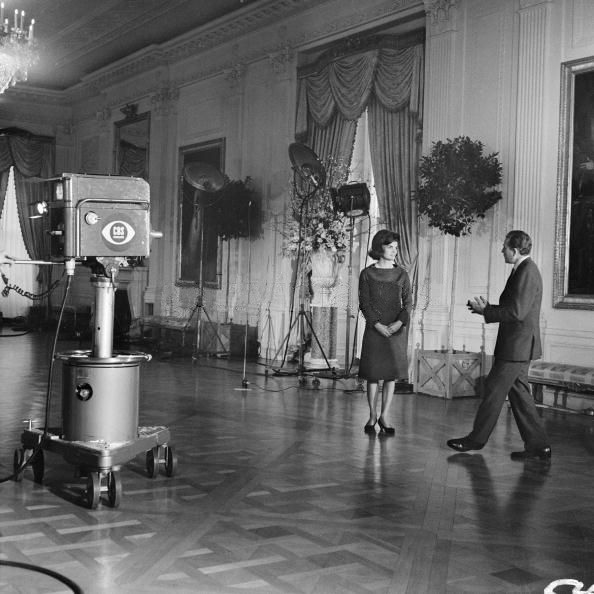
I don’t know about you, but I remember watching this live. In 1962, one of the biggest moments in television happened when Charles Collingwood visited the White House with Jackie Kennedy as his host and guide. All of us came along for the ride thanks to the dozen or so TK11s scattered around the mansion.
Photo courtesy CBS Photo Archive. All Rights Reserved. Credit: This image cannot be archived, sold, leased or shared.
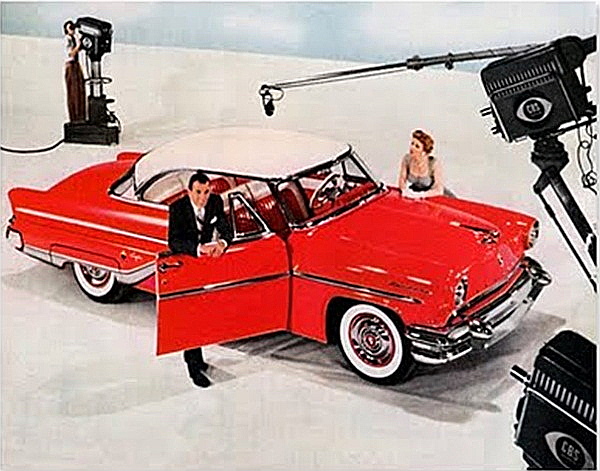
Above, Ed Sullivan and Julia Meade demonstrate the 1954 Lincoln at Television City.
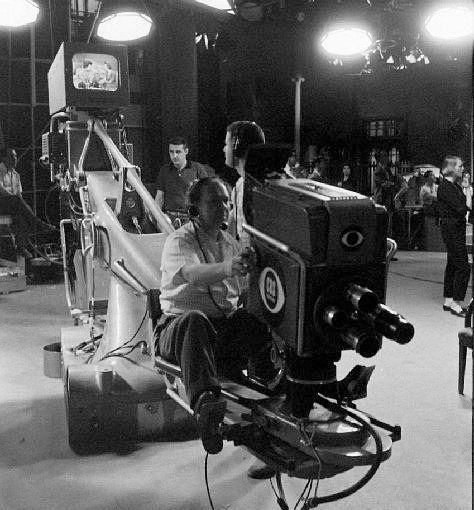
Above and below are three beautiful shots from Television City. This had to be the greatest job in the business…riding a Houston Fearless type 30B crane all day.
Photo courtesy of Life Magazine.
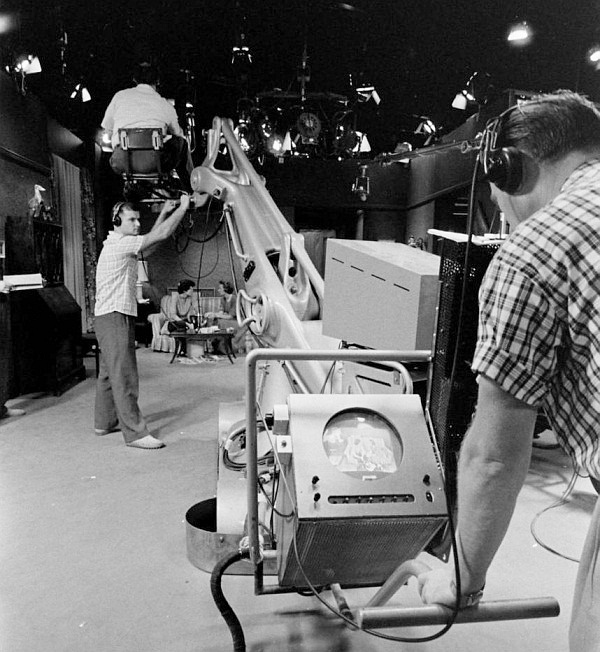
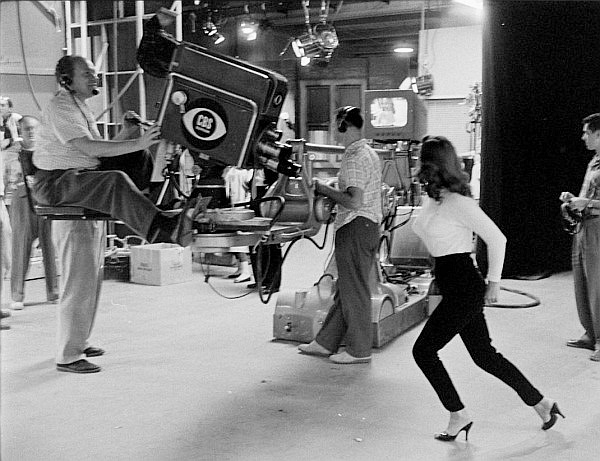
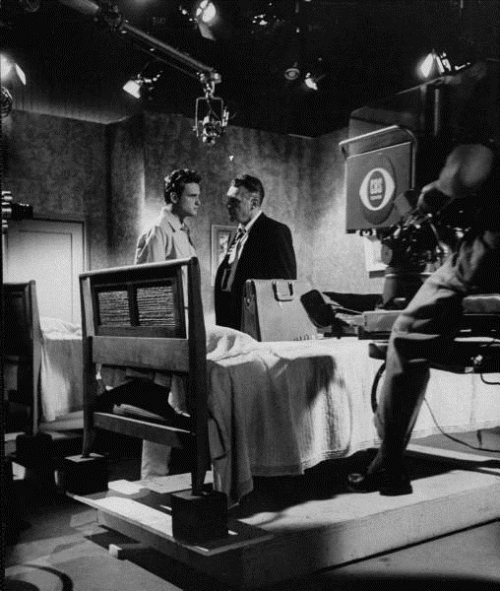
In the photo above and the two below, we see rehearsal shots from the 1956 Playhouse 90 presentation of “Heritage of Anger” staring Ralph Bellamy.
Photos are courtesy of Life Magazine.



Above, children that are about to appear in the “Kids Say the Darndest Things” segment of Art Linkletter’s House Party take a look at a TK11. Below, Art warms up the audience, but with the doors open, it looks like the cameras on Stage 33 at Television City are already warmed up, circa 1956. In the third image below, Art takes the kids for a ride in his famous “little red wagon”.
Photos courtesy of Life Magazine.

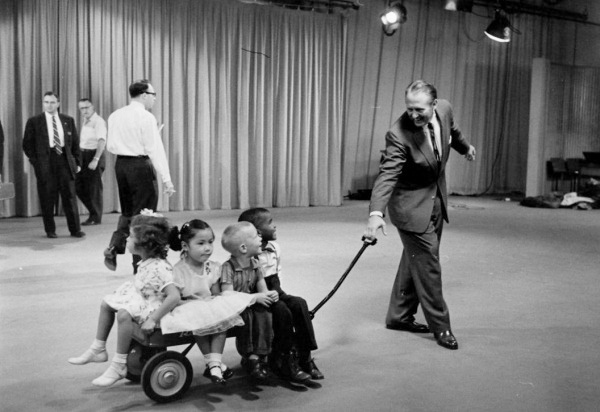

January 12, 1958: Gunsmoke star James Arness visits The Ed Sullivan Show. This Sunday night moment is carried live to American living rooms with the help of a new RCA TK11.
Photo courtesy CBS Photo Archive. All Rights Reserved. This image cannot be archived, sold, leased or shared.

March 17, 1958: Gregory Peck appears on Ed Sullivan with the help of an RCA TK11.
Photo courtesy CBS Photo Archive. All Rights Reserved. This image cannot be archived, sold, leased or shared.
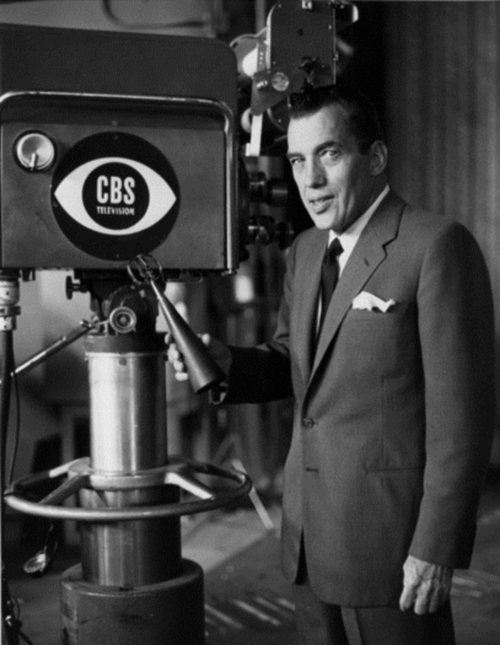
On October 27, 1957 Ed Sullivan posed with this RCA TK11. Notice that, as usual, CBS has removed all the metal RCA meatball logos and the chrome “Television” badge and repainted the cameras grey by order of Frank Stanton. I have no idea what Ed is holding in his hand, but I wonder if it’s an award from Frank made from recycled RCA branding?
Photo courtesy CBS Photo Archive. All Rights Reserved. This image cannot be archived, sold, leased or shared.
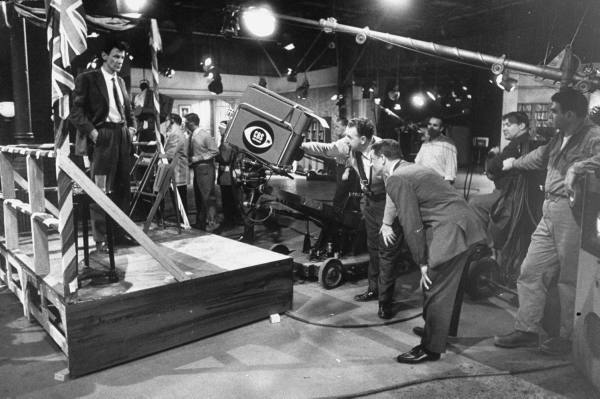
Producer and talk show host David Susskind checks a shot during rehearsal of a 1959 Playhouse 90 drama at CBS in New York.
Photos are courtesy of Life Magazine.
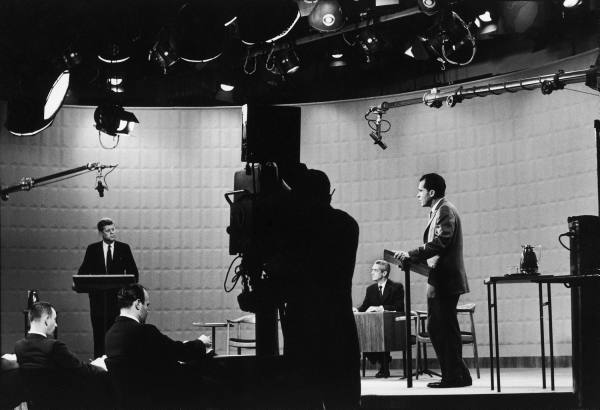
On September 27, 1960 the famous Kennedy – Nixon debate was broadcast on radio and television from Chicago. Above is a shot from that night. Below is one of the remaining TK11s that belongs to the Museum of Broadcast Communications in Chicago. In the Gallery, there is more on these historic debates in the Kennedy-Nixon Debate Album. To see more pictures and a few innovations that came from them, click here.
Photos are courtesy of Life Magazine and MBC.

Other TK11/TK31 operators
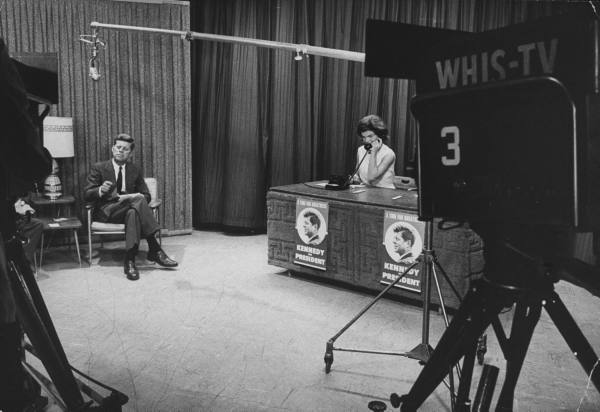
Rare photo of then Senator John Kennedy campaigning for President with Jackie on the phones.
Photo courtesy of Life Magazine.
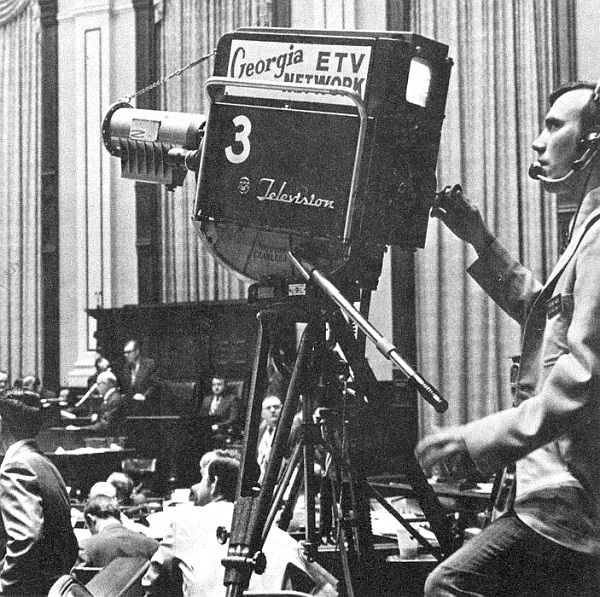
Taken in the Georgia House Of Representatives, a TK11 of WGTV-Channel 8 covers the general assembly circa 1962
Photo courtesy Michael Britt
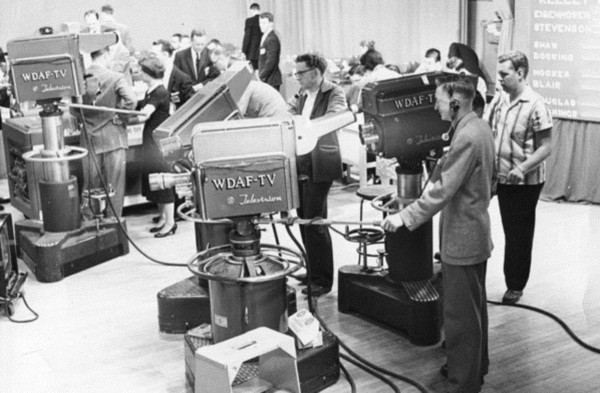
Back in the 1950s, this was big-time TV…a local station with four cameras and peds. This is a nice mix of the three newer TK11s and the older TK10 on election night at Kansas City’s WDAF, a pioneer station now more than 60 years old. Click here to see other WDAF photos in The Gallery.
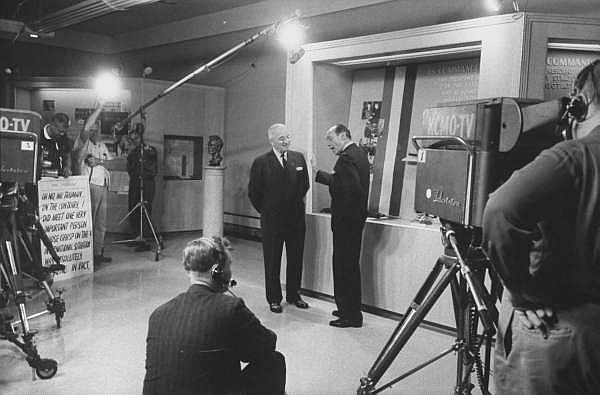
KCMO-TV cameras capture Jack Benny’s visit with former President Truman at the Truman Presidential Library in 1959.
Photo are courtesy of Life Magazine.
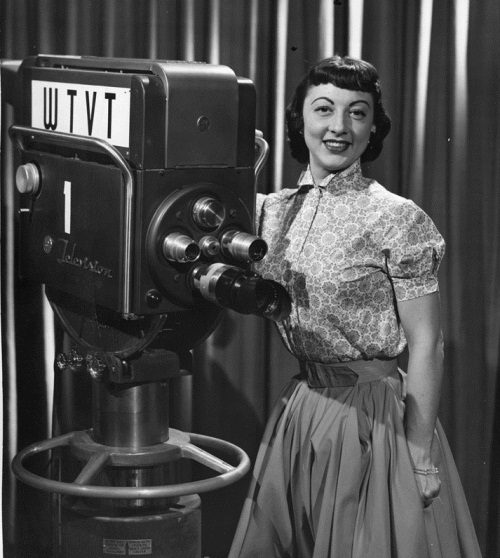
Nice crisp shot of the TK11.
Photo courtesy of Mike Clark and WTVT Tampa’s anniversary site www.big13.net.
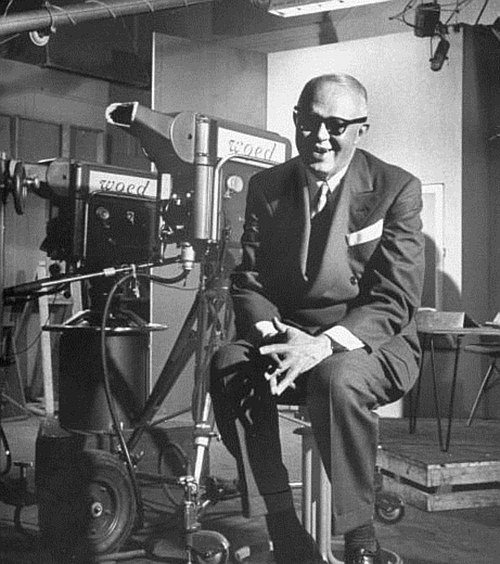
The president of PP&G and of WQED in Pittsburgh sits before two RCA TK11s in December of 1955.
Photo are courtesy of Life Magazine.
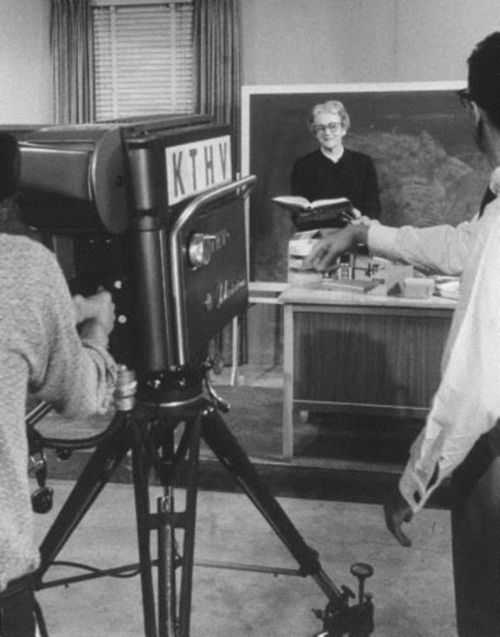
In August 1957, schools in Little Rock were closed by Arkansas governor Orval Faubus to prevent integration. During that month, the classes were broadcast on local education television.
Photo are courtesy of Life Magazine.
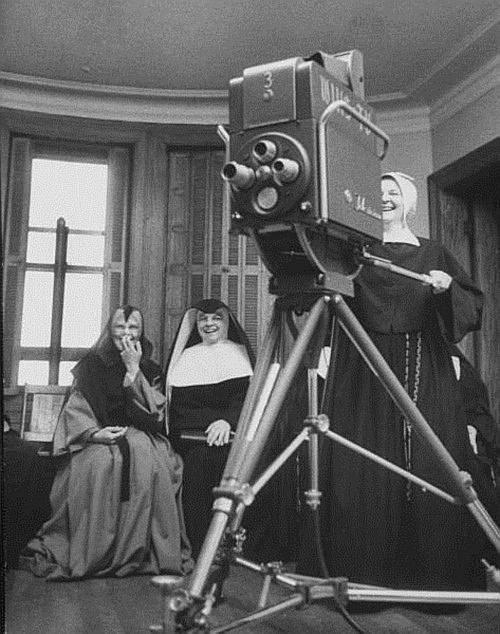
Make up your own caption about the giggling nuns. All I’m going to put in print is that this is a 1955 shot of a brand-new TK11 at WIHS.
Photo are courtesy of Life Magazine.
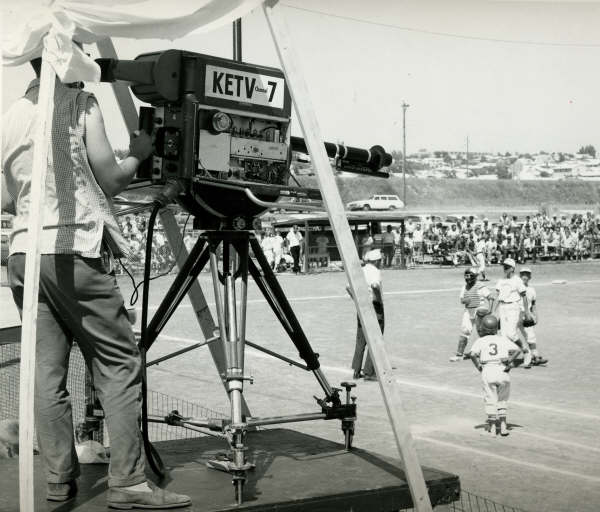
Omaha’s KETV takes us out to the ballgame with the help of a 27-element field Zoomar lens on this TK11, circa 1954.